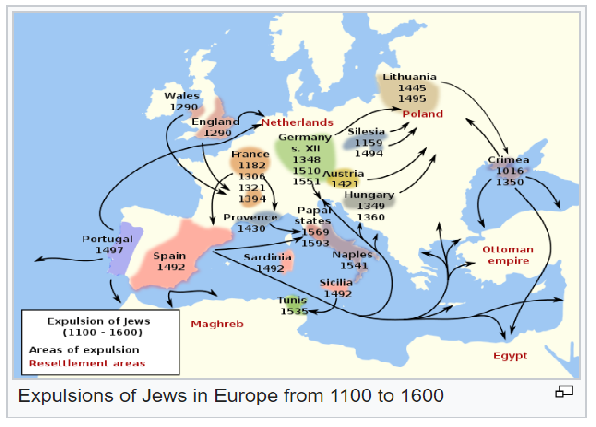Q. Briefly examine the nature of Jewish Diaspora.
The Jewish Diaspora refers to the dispersion of the Jewish people from
their ancestral homeland in the land of Israel to various regions around the
world, a process that began in antiquity and continues in the modern era. This
phenomenon has shaped the identity, culture, and history of the Jewish people
for over two millennia. The Diaspora was not a singular event but a series of
displacements and migrations, with the first major instance being the
Babylonian Exile in the 6th century BCE, when the Kingdom of Judah was
conquered by the Babylonians, and a significant portion of the population was
exiled to Babylon. Although the Jews were allowed to return to their homeland
under Persian rule, the traumatic experience of exile, along with subsequent
invasions and conquests—such as the Roman destruction of the Second Temple in
70 CE—caused many Jews to remain scattered across the Mediterranean and beyond.
Over time, the Jewish people developed a complex and multifaceted identity that
was shaped by their experiences in different host countries, from the Middle
East to Europe, North Africa, and, later, the Americas.
Throughout history, the Jewish Diaspora has been marked by both
integration and alienation. In some periods and places, Jews were able to
achieve social and economic mobility, contributing significantly to the
societies they inhabited. In medieval Spain, for example, Jews played important
roles in trade, scholarship, and administration, reaching a peak during the
Golden Age of Jewish culture under Muslim rule. In Eastern Europe, Jews
established vibrant communities with rich religious and cultural traditions,
which were often in tension with surrounding non-Jewish populations. However,
this integration was frequently punctuated by episodes of persecution, such as
the expulsions from Spain in 1492, the pogroms in Russia in the late 19th and
early 20th centuries, and the Holocaust during World War II, which decimated
Jewish communities across Europe.
Despite such hardships, the Jewish Diaspora played a central role in
the preservation of Jewish culture, religion, and identity. The development of
the Jewish diaspora was accompanied by the transmission of Jewish religious
traditions, literature, and languages—such as Hebrew, Yiddish, and
Ladino—across generations and borders. In the modern era, the spread of Jewish
communities to the Americas, particularly the United States, transformed the
Jewish experience, as Jews from diverse backgrounds and countries of origin
came together in new contexts. The establishment of the State of Israel in 1948
represented a new chapter in the history of the Jewish people, but it also
raised questions about the future of the Diaspora, particularly in relation to
the question of Jewish identity, continuity, and the relationship between Jews
living in Israel and those living in the Diaspora.
The Jewish Diaspora has thus been a defining feature of Jewish history,
marked by both the challenges of displacement and persecution, as well as the
enduring strength of cultural, religious, and communal ties. It is a complex
and multifaceted phenomenon that continues to evolve, shaped by political,
social, and historical forces both within and outside Jewish communities. The
resilience and adaptability of the Jewish people in the Diaspora have ensured
that Jewish culture and traditions remain vital and relevant, even in the face
of adversity and assimilation pressures.








0 comments:
Note: Only a member of this blog may post a comment.